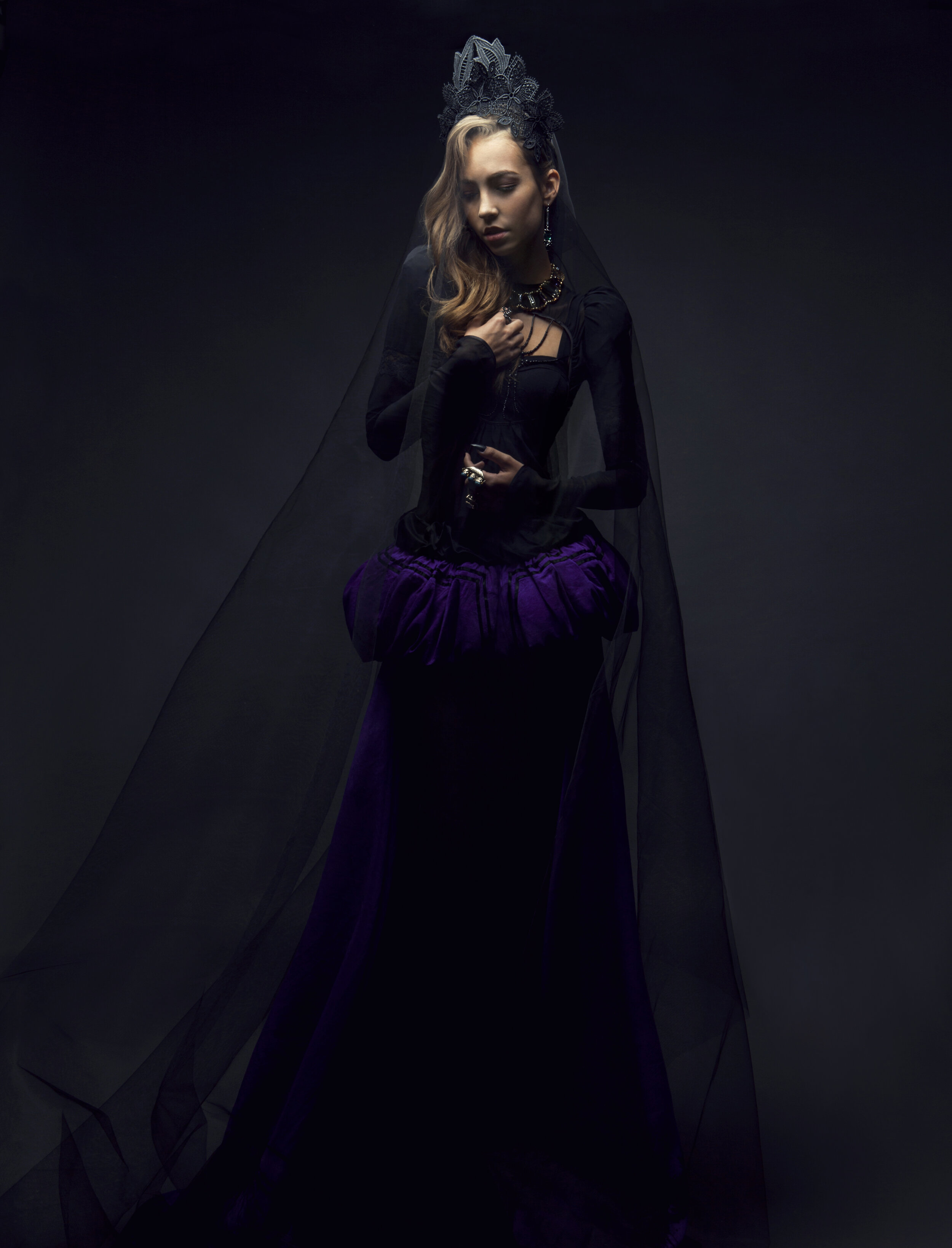BEGIN THE FALL
Dark strings pluck, a regretful fate, black skies easing the touch for the other side. Shake us to fate, they shine no more, eternally dreaming, we begin the fall.
-Aaron McPolin
Remember your mortality
Our weddings, christenings, and funerals are all marked by the Victorian love of ritual and tradition. For the Victorians, these were events of incredible importance and since the mortality rate was so high, funeral traditions gained particular standing as the century progressed.
Even though the life expectancy was improving for the middle and upper classes, death was still around every corner for the lower classes. These individuals took whatever precautions (effective or not) to protect themselves by ensuring that the deceased’s spirit found its way to the afterlife. To help the easing and the passing of the soul, the victorians would cover mirrors to avoid the trapping of the spirit, place photographs face downwards to prevent possessing of relatives and the home would pause the clocks in the house at the time of the death, to set the notion of time has stood still since their passing. If several members of the same family died, everyone and everything that entered the house would wear a black ribbon to prevent Death from spreading even further.
Funeral and mourning practices were further ritualised when Queen Victoria’s husband, Prince Consort Alfred, died. She went into deep mourning for the remainder of her life and set a precedent which many of her British subjects followed. Mourning behaviour in England had developed into a complex set of rules, particularly among the upper classes. For women, the customs involved wearing heavy, concealing black clothing, and the use of heavy veils of black Crepe. The entire ensemble was colloquially known as ‘widow’s weeds’. There was special mourning jewellery, often made of jet, jewellery was also occasionally made from hair of the deceased, tears captured and kept in vessels, the wealthy would wear cameos or lockets designed to hold a lock of the deceased's hair or some similar relic. Widows were expected to wear special clothes to indicate they were in mourning for up to four years after the death, although a widow could choose to wear such attire for the rest of her life. To change the costume earlier was considered disrespectful to the decedent and, Those subject to the rules were slowly allowed to re-introduce conventional clothing at specific time periods. Such stages were known by such terms as “full mourning”, “half mourning” and similar descriptions, at half mourning, grey and lavender could be introduced.
The advent of the less expensive daguerreotype photograph meant that poor families who couldn’t afford to have portraits painted of their loved ones, could now obtain images of their family members, even if they waited until after they were dead. The form of posing was to place the deceased in a position mimicking life, This pose might include propping the deceased up on a stand in the midst of a family portrait setting or placing him or her in an environment and attitude that the deceased would likely have used in his or her lifetime. The setting would include flowers, favourite items and possessions. Families and photographers would often go so far as to prop the eyelids open or paint eyes on the outside of the deceased individual’s closed eyelids. They might also add makeup to create the illusion of a rosy cheek. There were several ways of posing the dead in these postmortem photographs. The most obvious “pose” is that of the deceased lying in state in the coffin itself or in the bed where the body was placed on display surrounded by flowers.
























